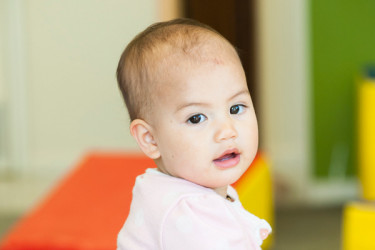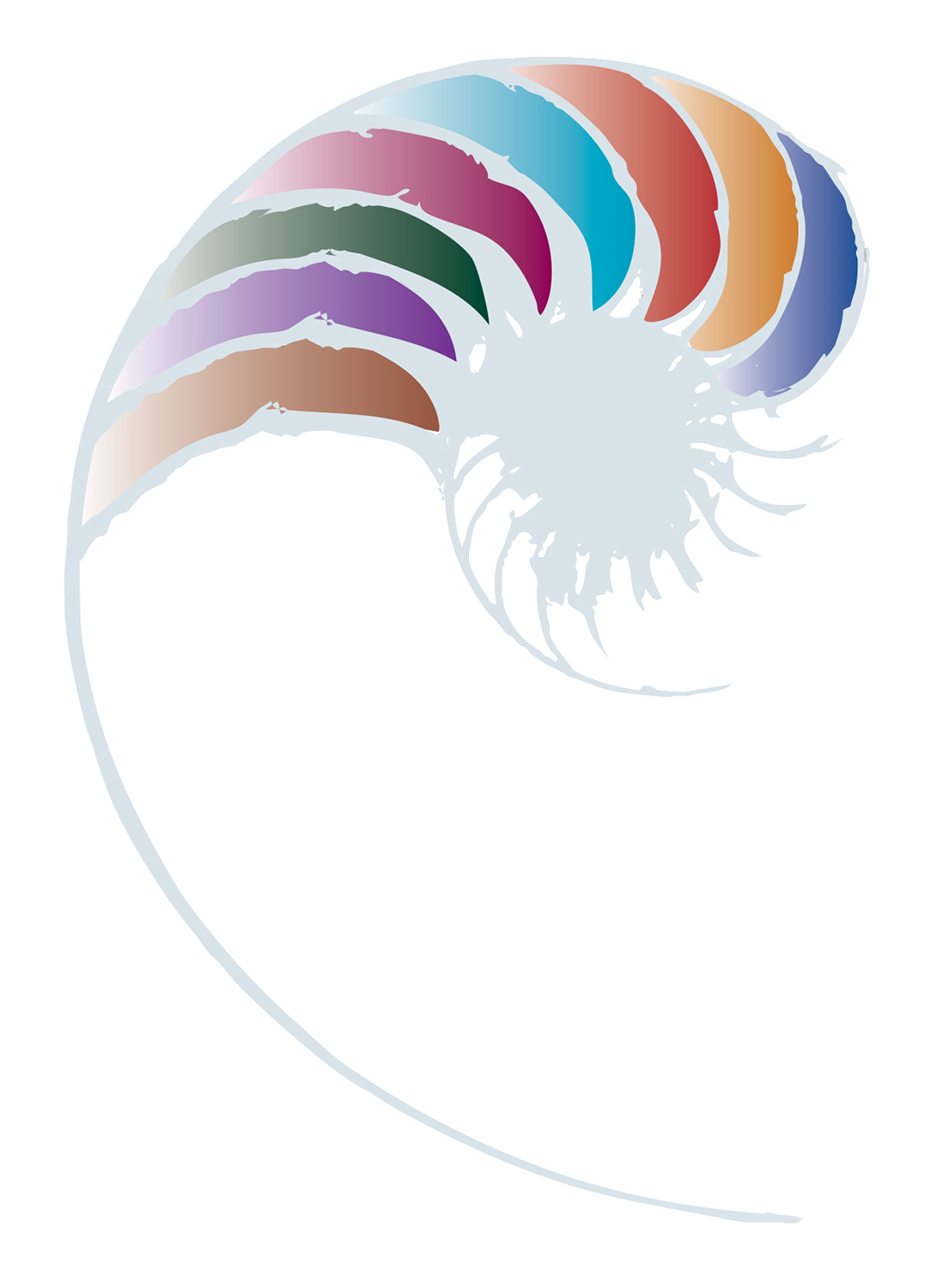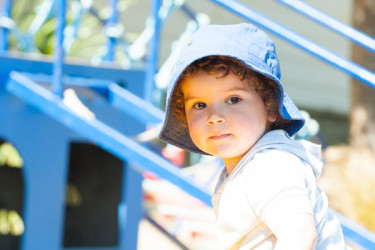Mana tangata | Contribution
Strand 3
This section is from pages 36–40 of Te Whāriki: He whāriki mātauranga mō ngā mokopuna o Aotearoa Early childhood curriculum. This resource is part of the “Te Whāriki strands and principles” set. See the resource carousel below for more.

Ko te whakatipuranga tēnei o te kiritau tangata i roto i te mokopuna kia tū māia ai ia ki te manaaki, ki te tuku whakaaro ki te ao.
Opportunities for learning are equitable, and each child’s contribution is valued.
Children develop by participating actively in the opportunities that are available to them. These typically involve collaboration with adults and other children.
The whāriki woven by each service recognises and builds on each child’s strengths, allowing them to make their own unique contribution. Every child has the right to equitable opportunities to participate actively in the learning community.
To make a contribution, children need to develop responsive and reciprocal relationships with kaiako and with other children. Kaiako play an important role in helping children initiate and maintain relationships with peers. It is through interacting with others that children learn to take another’s point of view, empathise, ask for help, see themselves as a help to others and discuss or explain their ideas. Children’s contributions to their wider communities may occur through direct participation or virtually, through the use of digital and other technologies.
Kaiako are aware of the concepts of mana and whakapapa and the importance of these concepts in the development and maintenance of relationships. They understand the collaborative processes inherent within whānau.
Working together for the common good develops a spirit of sharing, togetherness and reciprocity, which is valued by Pasifika and many other cultures.
This strand draws on children’s abilities to contribute their own strengths and interests.
- Mana tangata | Ko te whakatipuranga tēnei o te kiritau tangata i roto i te mokopuna kia tū māia ai ia ki te manaaki, ki te tuku whakaaro ki te ao | Mokopuna have a strong sense of themselves as a link between past, present and future.
- Contribution | Children learn with and alongside others
GOALS Children experience an environment where: |
LEARNING OUTCOMES Over time and with guidance and encouragement, children become increasingly capable of: |
EVIDENCE OF LEARNING AND DEVELOPMENT These outcomes will be observed as learning in progress when, for example, children demonstrate: |
|---|---|---|
There are equitable opportunities for learning, irrespective of gender, ability, age, ethnicity or background |
Te ngākau makuru | Treating others fairly and including them in play |
|
They are affirmed as individuals |
Te rangatiratanga | Recognising and appreciating their own ability to learn |
|
They are encouraged to learn with and alongside others |
Te ngākau aroha | Using a range of strategies and skills to play and learn with others |
|
See Materials that come with this resource to download Mana tangata | Contribution – Strand 3 (.pdf).
Examples of practices that promote these learning outcomes
Kaiako recognise mokopuna as connected across time and space and as a link between past, present and future: ‘He purapura i ruia mai i Rangiātea’. They celebrate and share appropriate kōrero and waiata that support mokopuna to maintain this link.
Kaiako support mokopuna to stand proud and firm (tū tangata) by building and maintaining relationships based on respect and reciprocity.
- Infants
- Toddlers
- Young children
- Considerations for leadership, organisation, and practice
- Questions for reflection

- Kaiako avoid making unnecessary developmental comparisons between children, recognising that developmental progress varies.
- Kaiako communicate with parents and whānau to ensure culturally appropriatecare practices.
- Infants are carefully observed so that kaiako know individual infants well, respect their rights, and respond to communication cues and gestures, such as smiles, noises and signals of pleasure, discomfort, fear or anger.
- Kaiako respect each infant’s individual preferences relating to caregiving practices, for example, for going to bed or feeding.
- Kaiako talk with infants about what they, and other children, are doing and encourage the infant’s interest in, and interaction with, other children. Infants are included in social events.
- Kaiako select picture books, games and toys for infants to engage with that depict genders and ethnicities in a variety of roles.
- Attention is paid to providing a range of play experiences that stimulate the senses, mind, and body.
- Kaiako help to extend infants’ pleasure in particular experiences, such as hearing specific music, responding to colours, and enjoyment of certain rhythms.
About this resource
This section from pages 36–40 of Te Whāriki: He whāriki mātauranga mō ngā mokopuna o Aotearoa Early childhood curriculum discusses the Mana tangata | Contribution strand, examples of practices that promote the learning outcomes under this strand for infants, toddlers, and young children, and provides considerations for leadership, organisation, and practice. This resource is part of the “Te Whāriki strands and principles” set. See the resource carousel for more.





